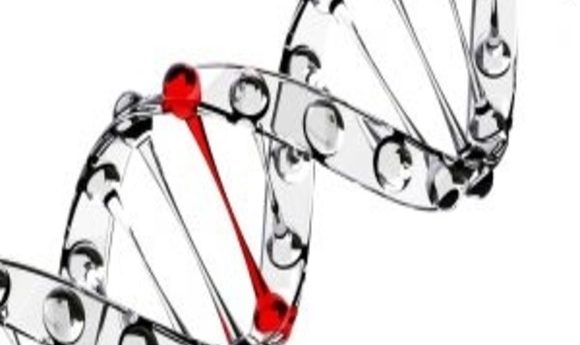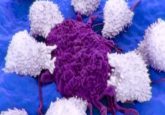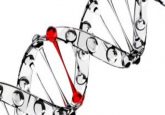Scientists identify five new genetic variants linked to glioma

Researchers from The Institute of Cancer Research (London, UK) have led an international study that has identified five new genetic variants associated with glioma. The results, published recently in Nature Communications, provide new evidence to support an inherited predisposition to glioma and shed light on potential therapeutic strategies for the most common form of brain cancer.
In the study, DNA from more than 5637 individuals who had developed glioma were analyzed and compared to 9158 individuals without the disease.
Data from glioma patients were gathered from Europe, the US and Canada, and were added as new cases to a meta-analysis of four other previous studies.
The research identified five new variants of glioma, where each variant is a one-letter alteration in the DNA. This now brings the total number of genetic variants linked to glioma to 12.
“We believe our study is the largest ever conducted of the genetics of glioma – the most common form of brain cancer – and it provides firm evidence that susceptibility to the disease is in part inherited,” commented study lead at The Institute of Cancer Research, Richard Houlston. “One of the risk factors we identified is linked to quite a dramatically increased chance of developing glioblastoma, a particularly aggressive kind of brain cancer.”
Four genetic variants discovered were proven to increase the risk of non-glioblastoma forms of glioma by approximately 5% each, and one particular variant was associated with a 23% increased risk of glioblastoma– a more aggressive glioma subtype with an average survival of 10–15 months following diagnosis.
A number of mechanisms to increase glioma risk were speculated. The variant associated with a 23% increased risk was identified close to the RNA polymerase III gene, which is vital for synthesizing and manufacturing intracellular messenger molecules.
The genetic variants may also act on nearby genes. One in particular was reported to be linked to the VTI1A gene that is involved in nerve development and the cellular response to insulin.
Shedding fresh light on the biology of gliomas, the study could provide clues to how brain cancer develops and future treatment approaches. Aine McCarthy, Science Information Officer at Cancer Research UK, commented: “These are exciting results because identifying genetic mistakes that increase the risk of glioma could be a vital first step towards developing new treatments against the disease.”
“Building on these findings and determining the exact role these genetic changes play in the development of glioma could help doctors personalize treatment for the disease in the future and save more lives.”
Sources: Houlston RS, Kinnersley B, Labussière M et al. Genome-wide association study identifies multiple susceptibility loci for glioma. Nat. Commun DOI: 10.1038/ncomms9559 (2015); The Institute of Cancer Research press release





